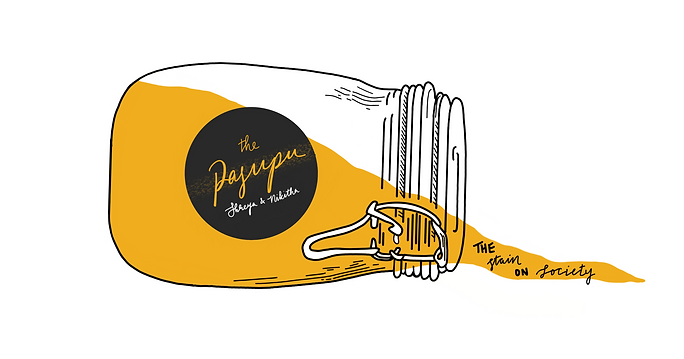
Before we begin today’s post we would like to apologize for not posting last week. Although we originally planned on doing a Boy vs. Girl Desire post this week, we thought it was only fitting to talk about Diwali. The post on Boy vs. Girl Desire will be coming next week!
Diwali is the festival of lights that shows the victory of light over darkness and good over evil. It is celebrated over a period of five days and is one of the most popular Hindu festivals. Dhanteras is the first of the five day long festival where Dhanvantri, the God of Medicine appears from Samudramanthum. Narak Chaturdashi also known as Chhoti Diwali is on the second day and marks Lord Krishna and his wife Satyabhama killing the demon Narakasura. The third day of celebrations is Diwali and it marks the return of Lord Rama after his fourteen years of exile. On Diwali, Lakshmi and Ganesha poojas are performed and people decorate their homes with diyas (clay candles) and lights. Govardhan Pooja, which marks Lord Krishna lifting the Govardhan hill to protect the local residents from the wrath of Lord Indra, is performed on the fourth day. The fifth and last day is Bhai Dooj. On this day brothers and sisters celebrate their bond together. Sisters perform an aarti ceremony and brothers surprise their sisters with gifts.
There are many reasons for celebrating Diwali, but the main one is the celebration of Rama and Sita. In short, Rama and Sita were married, however, the Demon King Ravana wanted Sita to be his wife. Ravana kidnapped Sita to his island (Sri Lanka), but cleverly, Sita left a path of jewels. Rama followed the jewels and met Hanuman, the Monkey God, along the way. Hanuman offered to help Rama find Sita. Hanuman found Sita on Ravana's island, however, it was too far for Rama to travel to. With the help of Rama’s monkey army, and other animals, a bridge was built so Rama could cross. He fought a battle with Ravana and ultimately killed him. Rama and Sita left Ravana’s island and everyone lit lights for them to find their way home; thus, the Festival of Lights.
There are many traditions that are followed during Diwali. Many Hindus believe that Goddess Lakshmi, the goddess of wealth, will only step inside your home if it is clean, so the days before the festival are spent decluttering and decorating your house. Throughout the five day festival everyone dresses up in traditional clothing - kurtas and sometimes dhotis for the men, and saris and lehengas for the women. Sweets are a big part of Diwali. Peda, Barfi, Ladoo, Mithai, Halwa, and Gulab Jamun are just a few of our favorites! During Diwali, many people decorate the porch of their homes with Rangoli. Rangoli is colorful artwork made with rice powder, colored sand, or flower petals. Families get together and light fireworks and diyas to celebrate light over darkness. Light symbolizes purity, good luck, and power. By lighting the diya, you dispel negativity from your mind and soul. Additionally, since Diwali is celebrated on a new moon, diyas are lit to help to dispel the darkness of this night and radiate light.
Because India is such a diverse country, there are many regional differences when it comes to the celebration of Diwali. The word “Diwali” is used nationwide, however, “Deepavali” is used more by South India. Remember, Diwali is not only celebrated by Hindus, but also by Sikhs, Jains, and some Buddhists! All of India celebrates the night by placing Diyas (clay candles) outside, and lighting firecrackers.
Each region has their own reasons for celebrating Diwali. Many follow the Rama and Sita story, others follow a Krishna story, some celebrate for prosperity, and others celebrate the overall concept of good over evil.
A few differences are that in the North, people primarily celebrate with candles, diyas, and firecrackers.
In the South, many people do rangoli, and in places like Goa, huge paper statues of Ravana (over 50 feet) are lit on fire in order to celebrate Ravana’s defeat. Other places reenact the story of Rama and Sita.
We wish you a happy Diwali and please stay safe while you celebrate!
Come back next week for our next post on Boy vs. Girl Desire!


Comments